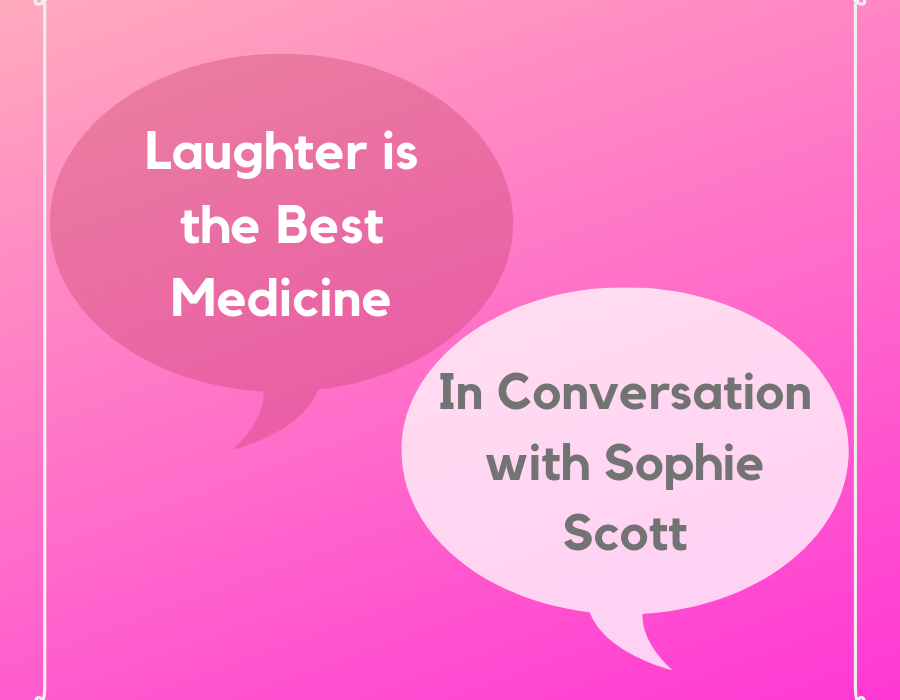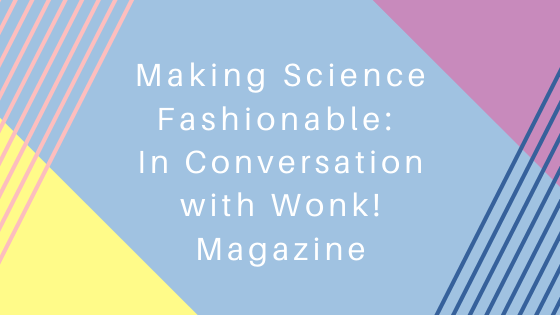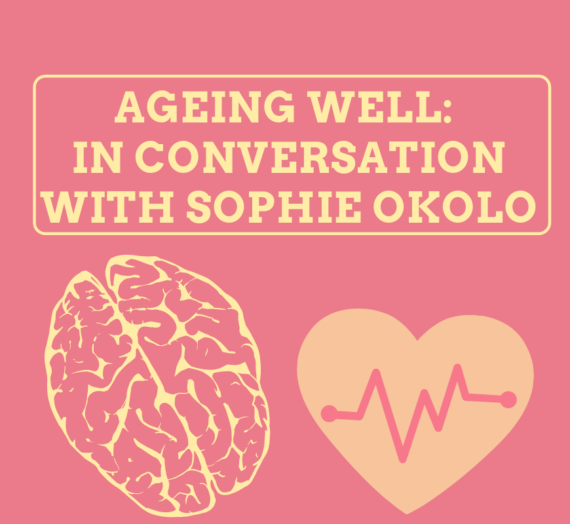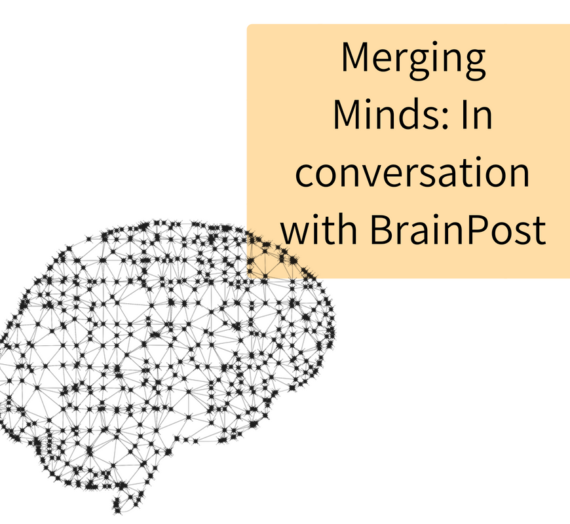We’re delighted to have had the chance to interview the wonderful Professor Sophie Scott from UCL! Sophie chats to us about where her interest in science began, some of the clinical applications of her research, and why she thinks communicating science is important.
- Firstly, could you tell us about how you first got into science, and what in particular attracted you to cognitive neuroscience?
I found it interesting when I was at school, I enjoyed studying science and did well in it, and I also really enjoyed things like the Royal Institution Christmas lectures. I got interested in psychology once I’d started studying Biology at university, and actually switched courses to Psychology – I still did a biological degree but I did a lot more psychology within that, as I’d never really come across it before and I found it really interesting. Then, with a biology background and studying psychology I was in a good place when cognitive neuroscience really started getting going in the 1990s and we had access to these functional imaging techniques that allowed us to take photographs of the brain, so that was really my way in.
- You’ve done a lot of research on laughter, why is laughter important, and why is it so contagious?
Laughter is really important because its probably one of the most important social skills we have, and it’s a very important social cue. We think laughter is about jokes and comedy but actually it’s primarily something we use for making and maintaining social bonds. Laughter is contagious because we learn to make it contagious; babies don’t show any contagious behaviours at all but we learn to do this, we learn to chime in when people we know do other things like yawning, laughing, blinking, scratching, coughing, so there are a lot of other contagious behaviours out there. Contagious behaviour does seem to be a very affiliative behaviour, meaning that you’re much more likely to ‘catch’ a laugh from someone you know than someone you don’t know, and probably at heart its just a way of showing you have a connection with somebody. You get the same thing with dogs and chimpanzees – they will show contagious behaviour, from, mostly, other animals that they know, or other humans that they know.

- Your research has demonstrated that beatboxers and guitarists exhibit different brain responses to different types of music, why do we respond differently to certain sounds, and what implications do these differential responses have?
We were trying to find how your perception of the world is affected by your expertise within the world, so, the beatboxers and the electric guitar players have particular kind of musical expertise in getting a sound out of a particular instrument, a guitar or a human voice, and that does really shape how they hear examples of guitar playing or beatboxing from other people. This is probably really important for everybody, because for things like speech perception, while we don’t think of it this way; we’re all experts in listening to the language that we speak, so part of speaking that language is being able to make the sounds of that language, so I suspect its quite important.
- What are some of the potential clinical applications of your research?
All of it really has to make sense in terms of having a wider meaning for the rest of life; basic research can just be basic research, but it can be interesting when you see it applied. I’m very interested in the implications, for example, of being able to take some of the work on laughter out in a way where, if someone could wear a bit of wearable tech that didn’t record their speech, but was recording when and where they laughed, who they laughed with and how much they laughed that would be incredibly helpful information for somebody who was working with that person say in a clinical psychology context because you could then track change. Who are they talking to, how much are they laughing, who do they laugh with, those sorts of things could be really useful to know in a clinical setting and I think its always interesting to try and apply these basic science principles to clinical applications.
Many years ago I was involved in a study where we were helping people retrain their eye movements after a stroke that had affected their vision. They had what’s called hemianopic alexia, which means they had difficulty reading because their visual field didn’t work on the right-hand side, which is where you move your eyes when you read because we read from left to right. That was really interesting because with quite simple rehabilitation techniques based on scientific studies of how we move our eyes and how our brains control that, we found that people were being able to read again, and they were getting back to work and things like that. That was work that I did with Alex Leff and Richard Wise and it was delightful, it was quite near the start of my research and it was amazing to see that impact, so I think it is extremely important to apply the findings from research to clinical settings.
- Having participated in several science outreach talks and events, and even starting a podcast, do you think scientists need to be doing more activities like this to engage the public and increase their trust in science? What do you find the most challenging about communicating science?

Well yes, I’m going to say it’s important because it’s what I do a lot of! I think it is important for several reasons, one being; people are paying for us to do this, taxpayers or charities are paying for us, so we should be happy to share our work because of that. Also I think it helps me to understand what I do; to be able to have conversations with a wider range of people about what my work means and what are the implications and what else could we do. So for me, it’s a great way of developing my own understanding because I’m not just talking about what I do with other people who know exactly what I do, and its also personally led to lots of different experiments for me. I would never have done the study with the beatboxers and the guitarists if we hadn’t been involved in a public engagement activity years ago, where I did a talk with an impressionist and then Carolyn McGettigan who works with me said well we should do that with a beatboxer and she went off and found a beatboxer, all of that came from a public engagement activity, so for me its also a way of widening out your scientific interests.
I worry about talking about trust in science because I think trust in anything is not going to be down to one factor, but I certainly think the more people can see the diversity of what it means to be a scientist and the different ways people go about doing science and the science that they do, the better. I think it’s really important for science to become part of our culture in the way that the arts are part of our culture. What I find challenging is finding the time to do it and getting money to do it, other than that I just love doing it I do as much as I possibly can do! I find it very engaging and it reminds me why I love my job. I have the best job in the world and when I see other people being interested in what I do, it really reminds me of that.

Sophie Scott is a Professor of Cognitive Neuroscience, and leader of the Speech Communication group at UCL. You can watch her Royal Institution Christmas Lecture 2017 series here, visit her lab’s website here, and follow her on Twitter.




